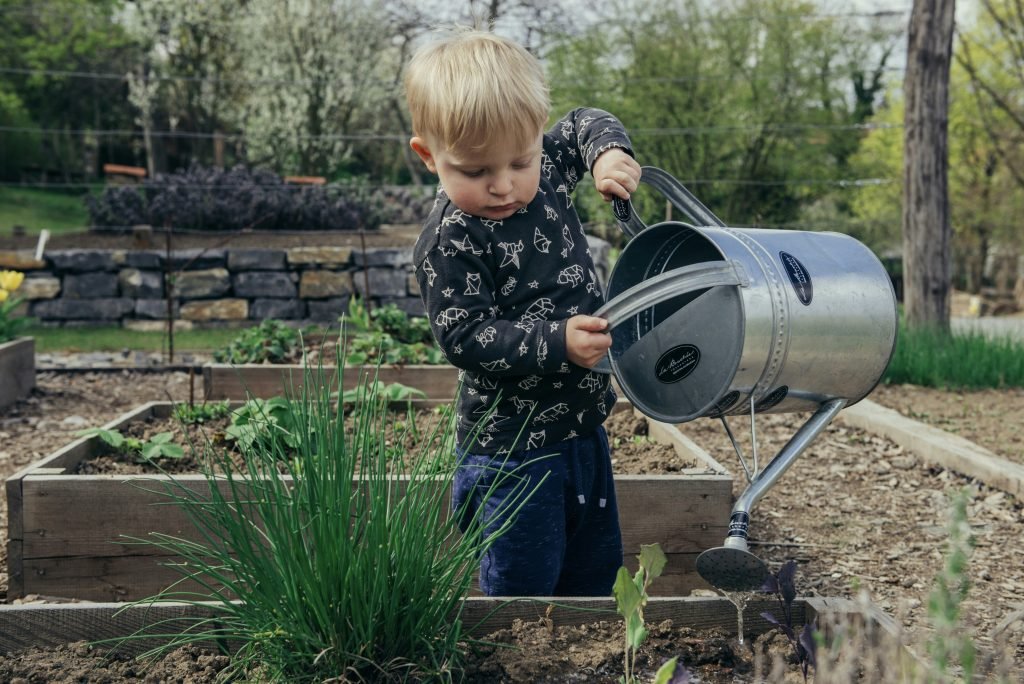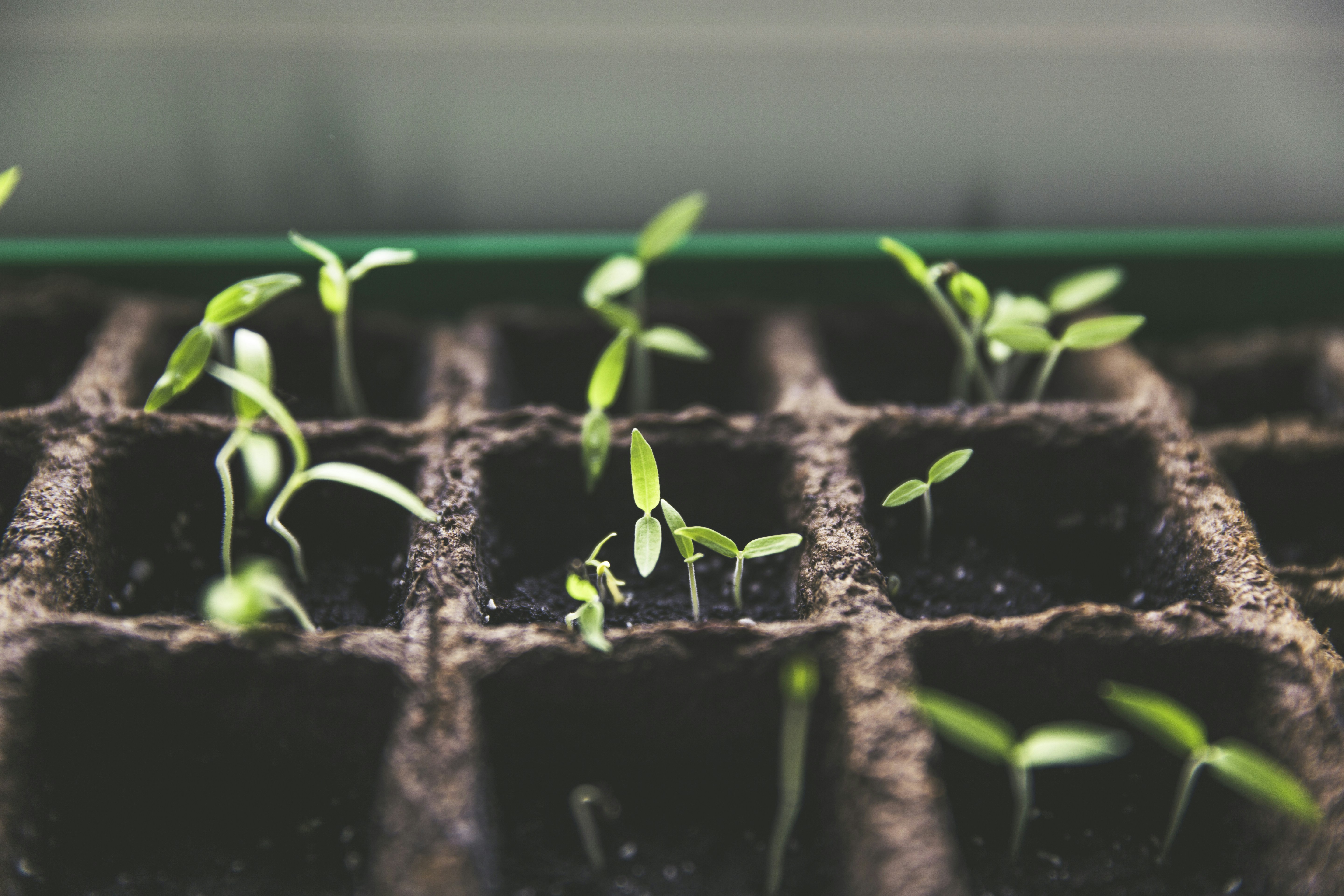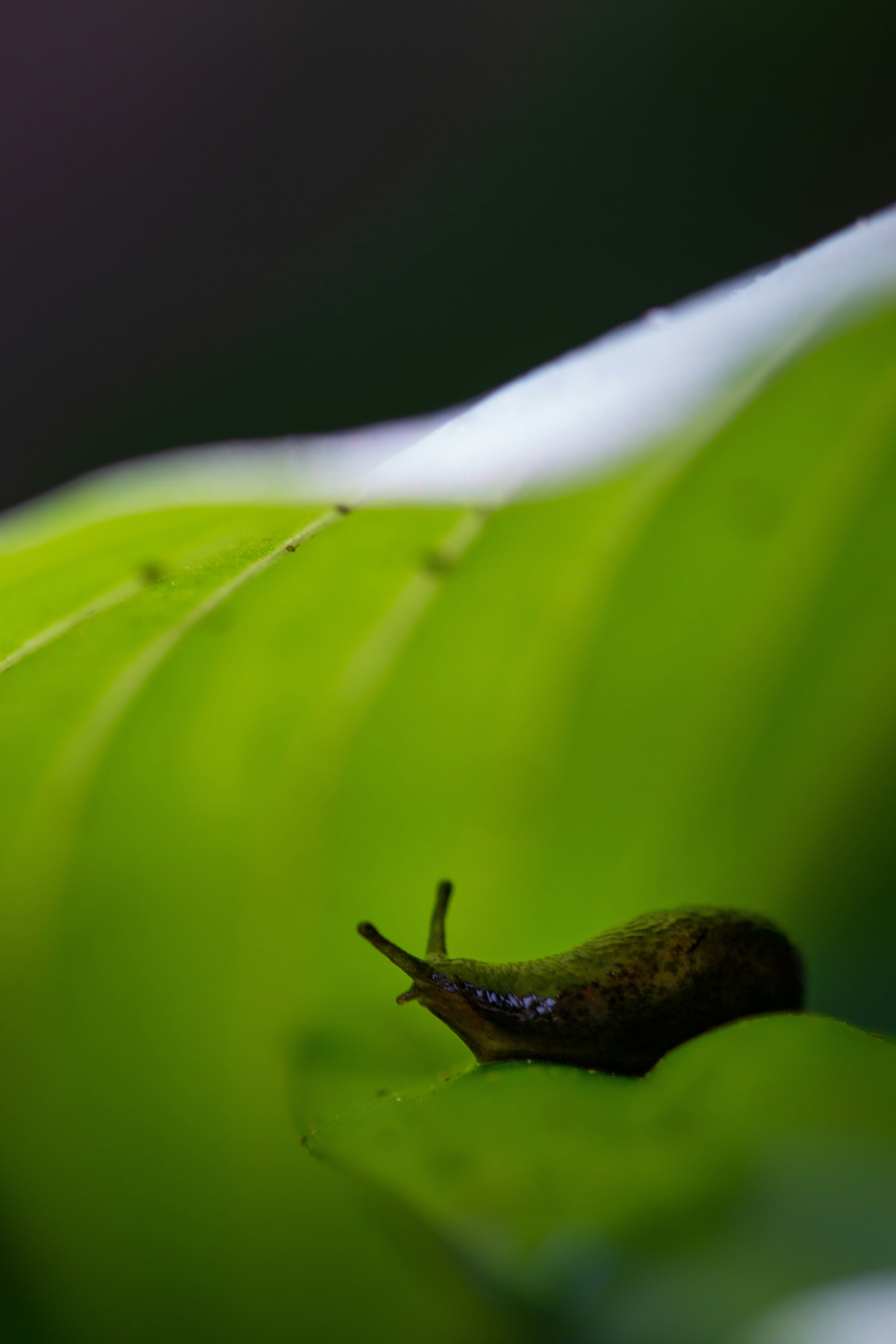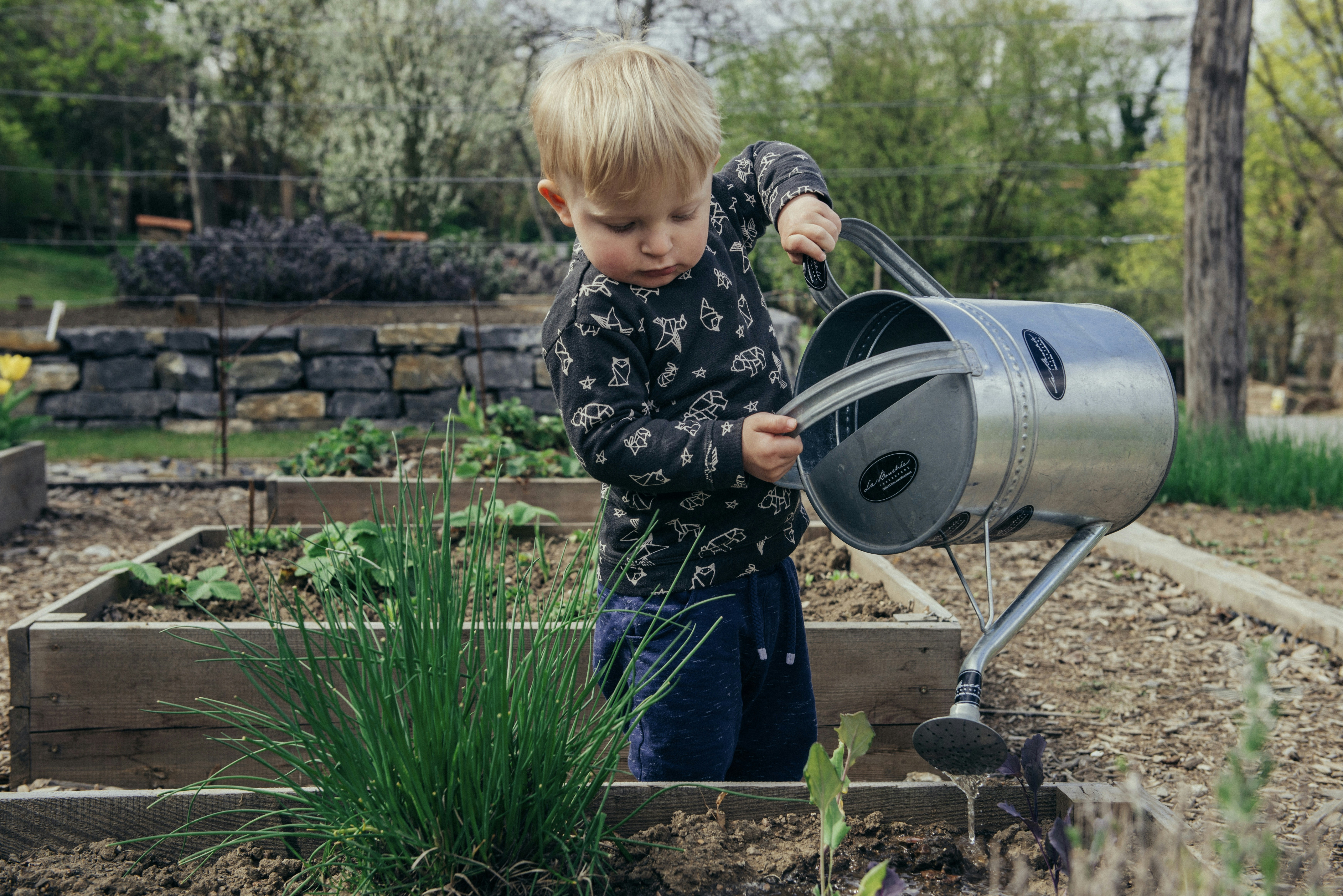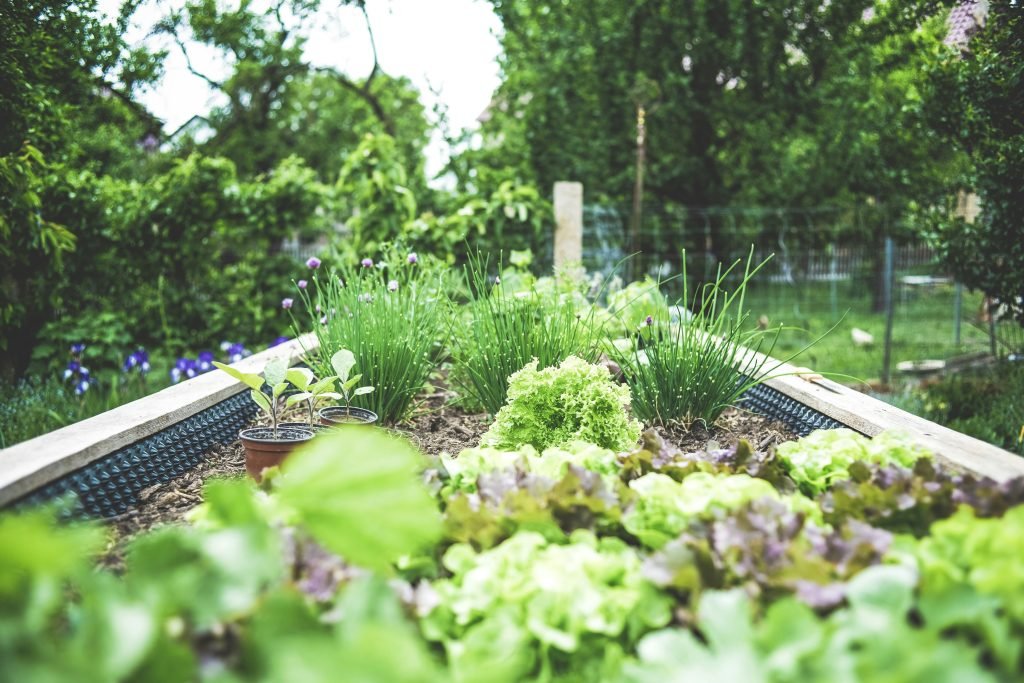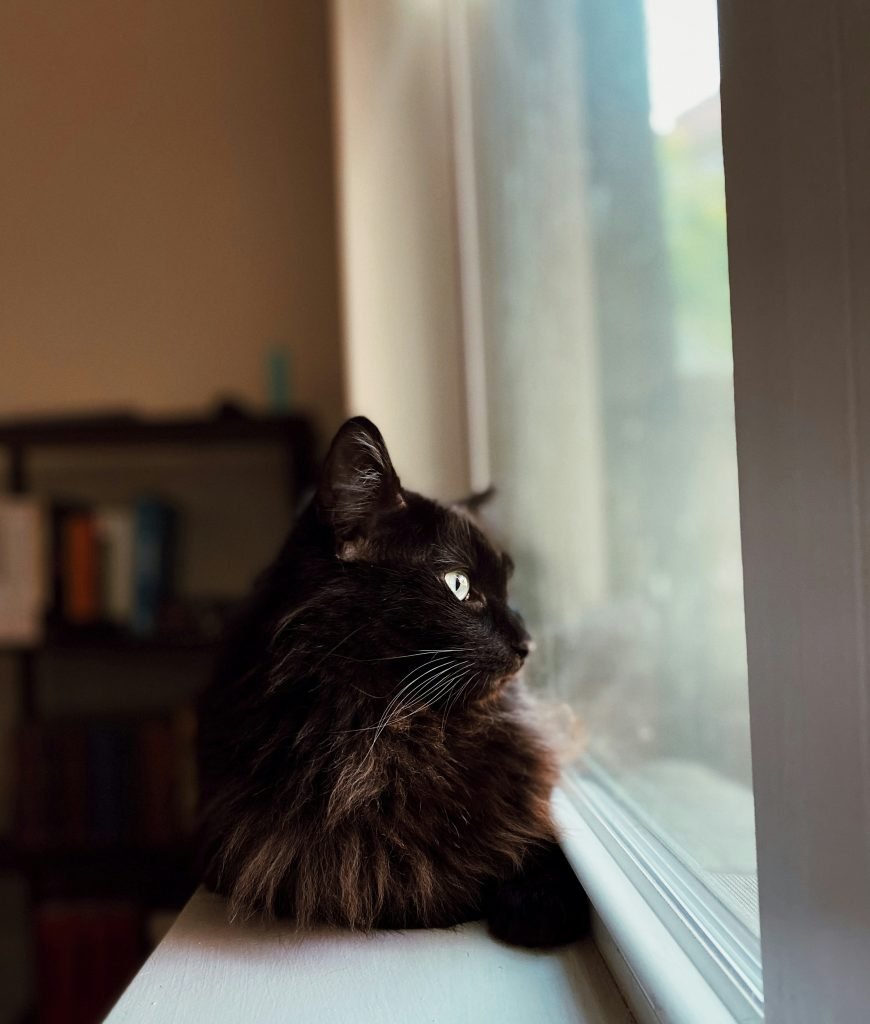Have you ever looked at a shady spot in your yard or garden and wondered whether it could be transformed into a beautiful green oasis? You might be pleasantly surprised to discover that there are plenty of plants that thrive in low-light conditions. When you choose the right plants, even the shadiest areas of your landscape can be vibrant and full of life. Let’s discover which plants grow well in shade and how to best care for them!
This image is property of images.unsplash.com.
Understanding Shade in Your Garden
Before you jump into selecting plants for your shady area, it’s essential to understand the type of shade you’re dealing with. Light conditions can vary significantly depending on factors like surrounding structures, tree canopies, and even the time of day.
Types of Shade
-
Full Shade: This is an area that receives less than 2 hours of direct sunlight daily. Under heavy tree cover or awnings, you’ll often find these conditions.
-
Partial Shade: This area receives 2 to 4 hours of sunlight but still has significant periods of darkness. You might see some sunlight in the morning or late afternoon.
-
Dappled Shade: Here, you’ll find sunlight filtering through leaves, creating a mix of light and dark. This is common under deciduous trees.
Understanding these nuances will help you choose the right plants since not all shade-loving plants can thrive under the same conditions.
Plants That Love Full Shade
If your garden is heavily shaded, here are some plants that can help you create a lush environment. They appreciate protection from the harsh sun and are beautifully adaptable.
1. Hostas
Hostas are among the most popular shade-tolerant plants, and it’s easy to see why! With their lush foliage and variety in colors, they can add depth and texture to your garden.
- Care Tips: Ensure they have well-draining soil and provide some organic matter to enrich it. Water regularly, especially during dry spells.
2. Ferns
Ferns are a fantastic choice for full shade areas. Their feathery leaves and delicate foliage bring a unique aesthetic to any garden.
- Care Tips: Ferns appreciate moist soil but be cautious not to let them stand in water. They also do well in organic-rich environments.
3. Astilbe
Astilbe is a perennial plant known for its stunning plumes of flowers that can brighten up shaded areas immensely.
- Care Tips: These plants prefer consistent moisture, so mulching is beneficial for retaining humidity in the soil.
This image is property of images.unsplash.com.
Plants That Thrive in Partial Shade
If your shaded area receives a few hours of sunlight throughout the day, you’ll find a wider selection of plant options. These plants can thrive with just a little more light.
1. Coral Bells (Heuchera)
Coral bells are favored for their colorful foliage that can vary from deep purple to bright green. They’re lovely stunning plants to incorporate into your garden design.
- Care Tips: These plants require well-drained soil and make great companions for other shade-loving plants.
2. Bleeding Heart (Dicentra Spectabilis)
With its unique heart-shaped flowers, the bleeding heart brings a whimsical touch to any shady corner.
- Care Tips: They prefer consistently moist soil and can benefit from shade in the hottest part of the day.
3. Japanese Maple (Acer palmatum)
The Japanese maple is a favorite among gardeners for its stunning leaves and elegant shape.
- Care Tips: Ensure that it has well-drained soil; too much moisture can lead to root rot.
Plants for Dappled Shade
Dappled shade areas open up a whole different world of possibility, as these areas can often support more diverse plant life.
1. Trillium
These lovely flowering perennials are often found in woodland settings and require well-drained soil and a bit of moisture.
- Care Tips: They thrive naturally in dappled sunlight, and planting them in groups can enhance their beauty.
2. Toad Lily (Tricyrtis)
The toad lily is charming, often producing unique spotted flowers that bloom in late summer to early autumn.
- Care Tips: These perennials prefer moist, well-drained soil and benefit from regular watering.
3. Foxglove (Digitalis)
Foxglove is a stunning addition to any garden, even in shade. Its tall spikes of tubular flowers can add height and interest where you need it most.
- Care Tips: They thrive in well-drained soil and are relatively low-maintenance.
This image is property of images.unsplash.com.
Ground Covers for Shady Areas
Creating a beautiful ground cover in shaded areas can serve multiple purposes, like preventing weeds and retaining moisture in the soil.
1. Sweet Woodruff (Galium odoratum)
Sweet woodruff is a lovely ground cover with delicate white flowers and fragrant foliage.
- Care Tips: Preferring slightly acidic soils, it also does well in a variety of light conditions.
2. Creeping Jenny (Lysimachia nummularia)
A versatile plant with vibrant green and yellow foliage that can brighten darker areas, creeping Jenny is perfect for ground cover.
- Care Tips: It can tolerate wet conditions, making it a great choice for boggy areas while still thriving in dappled light.
3. Vinca Minor (Periwinkle)
Vinca minor, or periwinkle, is a hardy ground cover that produces lovely blue flowers and can withstand various light conditions.
- Care Tips: It’s drought-tolerant but does best in moist conditions.
Tips for Planting in Shade
When you’re selecting plants for shaded areas, a few guidelines can help ensure success in your gardening endeavors.
1. Test Your Soil
Always start by checking the pH and nutrient levels of your soil. You may need to amend the soil to optimize conditions for your chosen plants.
2. Consider Moisture Levels
Shady areas can sometimes retain moisture more than sunny spots due to reduced evaporation. Pay attention to this and adjust your watering practices accordingly.
3. Plan for Growth
Think about the size of the plants when fully grown to ensure they won’t overtake one another. Spacing plants correctly can also contribute to better air circulation.
4. Keep Up with Maintenance
Weed control is essential because even shaded areas can become overrun with unwanted plants. Regularly check your garden and prune as necessary.
5. Use Mulch
Applying a layer of mulch can help retain soil moisture, suppress weeds, and improve the soil as it decomposes.
The Benefits of Gardening in Shade
Gardening in shaded areas can offer unique advantages, enhancing the overall enjoyment of your outdoor space.
1. Lower Maintenance
Shady gardens tend to require less watering and may stay cooler, reducing the stress of summer heat on plants and gardeners alike.
2. Expanding Plant Options
With so many plants that thrive in shade, you have a world of colors, textures, and forms right at your fingertips.
3. A Wildlife Haven
Shady areas can provide shelter and food for various wildlife, including birds and beneficial insects. This can create a bio-diverse environment in your backyard!
Seasonal Considerations for Shade Gardening
Understanding how the seasons impact your shaded garden can help you plan effectively throughout the year.
Spring
In spring, when plants start to awaken, it’s a great time to observe any new growth and start your early planting. Don’t forget to add mulch after planting to help retain moisture.
Summer
During hotter months, your shaded garden may keep plants cooler and require less frequent watering compared to sun-soaked areas. Keep an eye on soil moisture levels, especially if periods of drought occur.
Fall
Autumn is an excellent time for planting many shade-loving species as they establish roots before winter. It’s also a great time to clean up any fallen leaves or debris.
Winter
Many plants will go dormant during the winter in shaded spots, but it’s essential to ensure these plants have adequate protection, especially where frost may impact them.
Frequently Asked Questions about Shade Gardening
You might still have some lingering questions about cultivating a thriving shade garden. Here are some common inquiries!
Can I plant vegetables in shade?
While most vegetables prefer full sun, some leafy greens like lettuce and certain herbs like mint can tolerate partial shade, allowing you to expand your gardening into those darker areas.
How do I manage pests in a shade garden?
Pest management in shaded areas often revolves around keeping the environment clean, monitoring plants regularly, and using organic solutions or natural predators to minimize infestations.
Will shade-loving plants attract pollinators?
Yes! Many shade-tolerant flowering plants still attract pollinators. You can enhance your garden’s biodiversity by incorporating flowering plants in your landscape design.
Can I use fertilizer in shaded areas?
Feel free to use organic fertilizers to boost the health of shade plants. However, always test the soil first to avoid over-fertilization, which can harm sensitive foliage.
Are there any plants that prefer complete darkness?
While most plants need some light to thrive, some fungi and mosses can grow in almost complete darkness. However, these are not typically used in conventional gardening.
Conclusion
Transforming shaded areas in your garden into flourishing green landscapes is entirely within your reach! By choosing the right plants and understanding their needs, you can create an enchanting space that not only beautifies your yard but also supports local wildlife and enhances your relaxation experience.
Always remember that the journey of gardening takes patience and learning. Embrace the process and watch as your shaded areas evolve into tranquil spots filled with life. With this knowledge, you now have the tools to make those often-overlooked shady corners bloom beautifully. Happy gardening!

